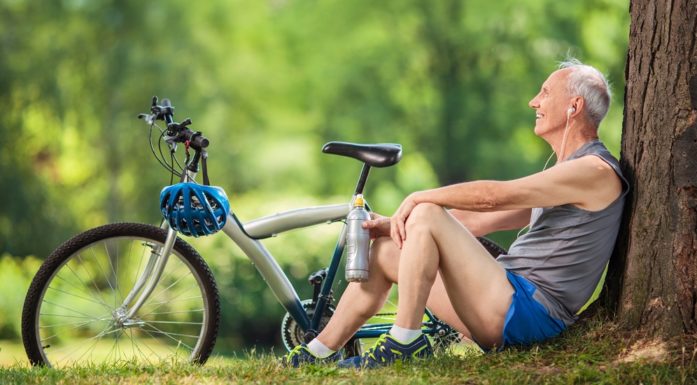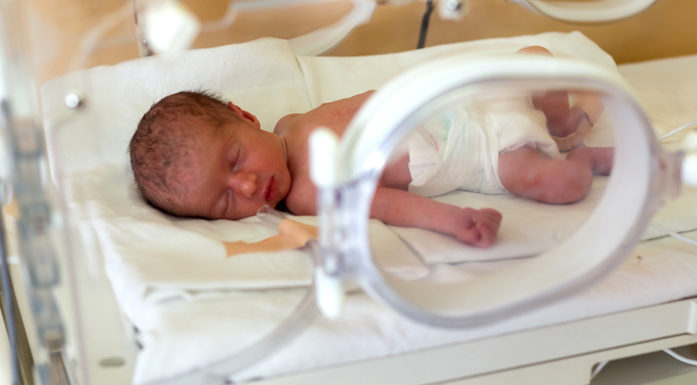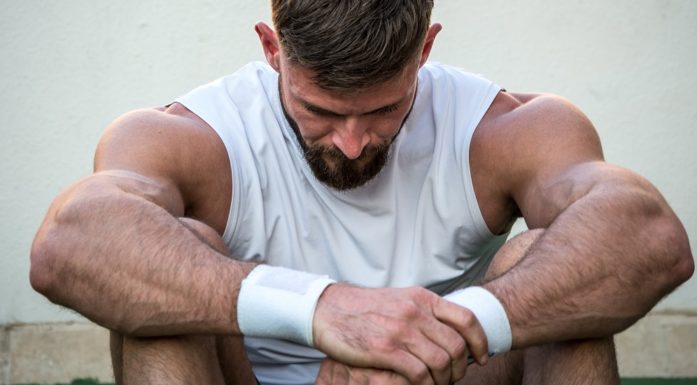Cycling helps ease arthritis pains
After ten weeks of hard workouts on a spinning bike twice a week, a group of women with arthritis found that their joints were less inflamed.
ARTHRITIS: It’s a disease that sneaks up on you. Fingers and toes slowly but surely become stiff and painful. A nice morning stretch is no longer all it takes to get your body moving. Arthritis is a chronic illness that sinks its claws into your body, and causes inflammation in your joints.

Participants also saw a small reduction in BMI, body fat per cent and waist measurement, as well as an increase in muscle mass,” says researcher Anja Bye at CERG, NTNU. Photo: Geir Mogen, NTNU
Arthritis can destroy your joints, which causes weakness and loss of movement. Patients with arthritis often have reduced endurance, and an are at an increased risk of cardiovascular disease.
Affects three times as many women as men
Arthritis affects about one per cent of the population, and about three times as many women as men. Mostly adults are affected, but the disease can occur in children as well. Treatment helps to ease symptoms, but the disease is chronic.
“This is why it is especially important for arthritis patients to keep fit and work on their cardiovascular endurance,” says Anja Bye, a researcher at the K. G. Jebsen Centre for Exercise in Medicine— Cardiac Exercise Research Group (CERG) at NTNU.
Until now, however, there has been little documentation of how exercise actually affects arthritic joints.
Hard work-out sessions are best
“Previously, studies have showed that moderate intensity work-out sessions can help improve endurance without inducing pain or inflammation, or damaging joints,” says Bye.
She explains that numerous studies show that high-intensity interval training is much more effective for improving endurance than moderate intensity training.
“This is true regardless if you’re sick or healthy, young or old. We wanted to see if patients with arthritis could handle high intensity training and see the same positive effects,” says Bye.
Lost weight as well
After ten weeks of hard training on a spinning bike twice a week, Bye saw no adverse effects on her study’s participants, a group of women with arthritis.
“Rather, we saw a tendency for there to be less inflammation, at least as measured by the inflammation marker CRP, and the participants of the study experienced a solid increase maximum oxygen intake, meaning that they reduced their risk of cardiovascular disease,” Bye said.
The participants also saw a small reduction in BMI, body fat per cent and waist measurement, as well as an increase in muscle mass as a result of the training period.
The study took place at CERG’s training studio at St. Olavs Hospital. The participants warmed up for ten minutes at 70 per cent of their maximum pulse, and then did four repetitions of high intensity (85-95 per cent of max pulse) four-minute intervals. The break between each interval was about three minutes, at 70 per cent of max pulse. The total work-out session lasted about 35 minutes.
Several participants are continuing training
“The women who participated in the study found this to be a good, effective method of training, and are mostly very motivated to continue because of the progress they’ve seen,” Bye says.
The study was a pilot to see if the idea was worth researching in depth, and consequently included only 18 women between the ages of 20-49. The study’s small size means it is too early to conclude if recommended training programmes for arthritis patients should be changed, but the study suggests it might be a good idea. The Department of Rheumatology at St. Olavs Hospital is working on a study of high intensity training for different patient groups with CERG.




